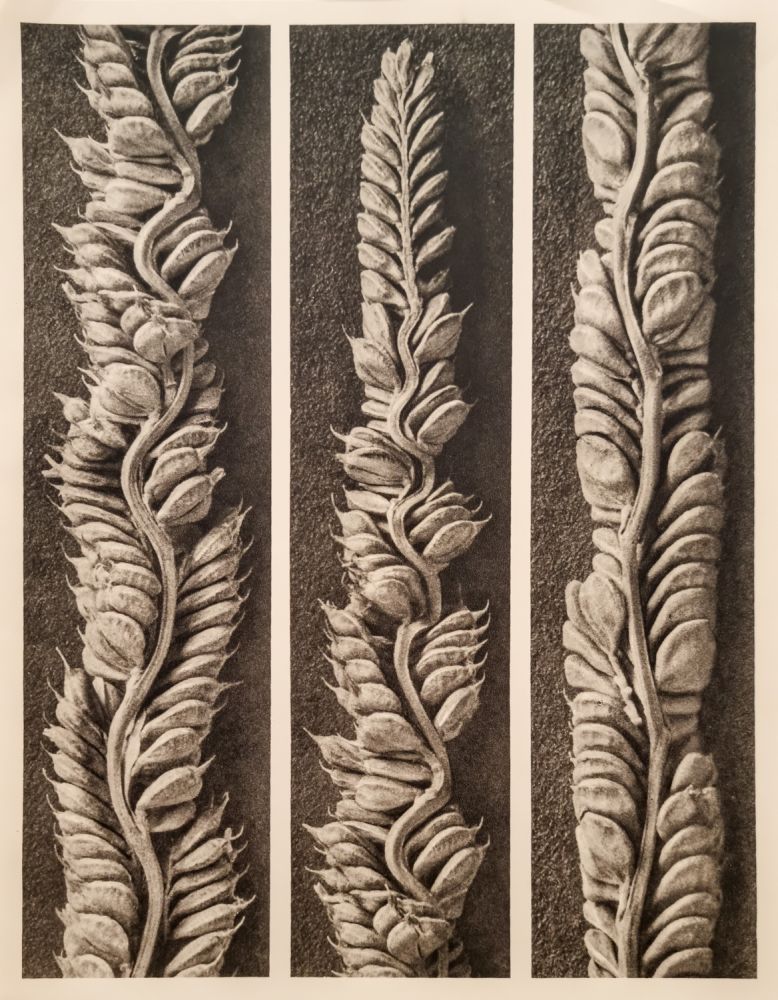"Rosen. Studie 1"
Gelatin silver contact print (bromide lithprint) on Agfa Borvira 113 (1960s), toned in selenium and gold
signed, dated, edited and stamped on museum cardboard verso
Photographer Martin Waldbauer deals with analog photography techniques and processing methods that are slowly being forgotten. He used natural light as illumination and an 8x10-inch large-format camera to take the pictures. The print was made as a contact print, whereby the negative is placed directly onto the photographic paper and exposed. The size of the print thus corresponds to the size of the negative and therefore to the original image in the camera. This very direct method of producing photo prints has a long tradition and dates back to the first photographs.
Waldbauer uses a particularly old black and white paper from the 1960s as photographic paper. The paper “Agfa Borvira 113” from the German manufacturer Agfa (Bayer-Leverkusen) is a cardboard-thick, white, matt baryta paper. The first digit (hundreds place) indicates the paper thickness – 1 means cardboard thick. The second digit provides information about the color – 1 stands for white, 2 for chamois and 3 for ivory. The third digit indicates the surface – 1 stands for glossy, 2 for semi-matt, 3 for matt and 4 for fine matt.1
(Christoph Fuchs, transl. by deepL)
1
Foto Vogel, Grundlagen der Schwarz-Weiß Fotografie. Die Kennzeichnung von Fotopapieren, http://www.fotovogel-mg.de/Papiere_1.htm (2024-05-04)






























